Today I decided to run some more toning tests. Instead of working with a scenic image I chose to make a sort of step wedge though not very precise. I exposed an 8×10 sheet 1 second at a time moving a cardboard sheet down the page until I hit about 12 seconds which was more than enough for max black. I then cut that sheet up into 9 segments with the various tones running top to bottom. Test grid was printed on Ilford MGFB Warmtone using a #2 contrast filter and a piece of mostly clear 4×5 film previously developed in Pyrocat HD to simulate the stain properties I would usually encounter.
Goal: I wanted to see the color differences between Thiourea and Selenium as well as the redevelop action/density between partially bleached and fully bleached. Scroll down to see the results if you wish to skip the testing method.
So here is the table I worked out for my testing:
| Bleach | Wash | Thiourea/ SodiumHydroxide/ Water 10% solutions in mls | Wash / Fixer / Wash | Selenium | |
| 1 | None | NA | NA | NA | NA |
| 2 | Full | >5 mins | 10/40/500 | 1min / 1min / > 5min | 2 mins |
| 3 | Full | >5 mins | 50/50/1000 1 | 1min / 1min / > 5min | 2 mins |
| 4 | Full | >5 mins | 40/10/500 | 1min / 1min / > 5min | 2 mins |
| 5 | None | NA | NA | presoak 5 mins | 5 mins Full 2 |
| 6 | Highlights | >5 mins | 10/40/500 | 1min / 1min / > 5min | 2 mins |
| 7 | Highlights | > 5mins | 50/50/1000 | 1min / 1min / > 5min | 2 mins |
| 8 | Highlights | > 5mins | 40/10/500 | 1min / 1min / > 5min | 2 mins |
| 9 | To Midtones | > 5mins | 50/50/1000 | 1min / 1min / > 5min | 5 mins Full |
| 1 50/50/1000 was the combination of 10/40/500 and 40/10/500. 2 Selenium used at 1/6 for full toning tests #5 and #9, while 1/20 dilution was used for all other test. |
|||||
Bleaching Process: I performed the bleaching steps first, bleaching #2, #3, and #4 fully with full strength bleach about 4 minutes. Then I bleached #6, #7, #8 and #9 in more dilute bleach so I could control how deep into the midtones the bleach reached. #6,7, and 8 were bleached about 45 seconds to take out the upper most highlights and #9 was over a minute until it reached deep into the middle tones. Notes – the full bleached strips turned very brown in the darker tones even before toning. After bleaching the strips received a minimum 5 minute wash.
Thiourea Toning: I knew I wanted to test different mixes of Thiourea and Sodium Hydroxide so I devised 3 different blends (See Chart). Two days before this test I mixed 250ml containers of 10% solutions of Thiourea and Sodium Hydroxide to allow custom blending. First I mixed the 10/40/500 blend and inserted strips #2 and #6 and let them tone fully for 2 minutes. I then mixed the 40/10/blend and inserted strips #4 and #8 and let them tone fully. #8 did not seem to recover its highlight density I assume due to lack of activator. I then mixed the first and second blends to make the 50/50/1000 blend and inserted strips 3,7, and 9 and toned them fully. As expected the first mix yielded a more golden brown than did the second, and the 50/50 mix was in between. Another quick wash for all strips and then a dunk in TF5 rapid fixer for one minute, followed by a 5 minute wash.
Selenium Toning: For strips 5 and 9 I used a strong selenium mix and allowed them to tone to completion. For the remainder of the strips I used a more dilute selenium for archival purposes only trying not to change the color of the darker tones. Strips 2,3,4 were fully toned in Thiourea so likely didn’t gain any benefit from selenium. One last final wash before laying the strips out to dry.
Lessons learned Diluting bleach gives far more control over the process if only going for partial bleach of highlights. It is very easy to over-reach into mid tones. Having enough activator (Sodium Hydroxide) in the Thiourea mix is also critical for getting any brown into the highlights. A blend around 40/60 or 60/40 may be better than the extremes. When printing scenes with much white like waterfalls, it may help to burn in the water a bit or flash the paper so that there is some tone that can be bleached and redeveloped in a warmer tone. #5 – selenium only left the whites of the paper the whitest, while the Thiourea + selenium highlights are warmer in the white tones.
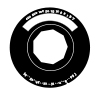
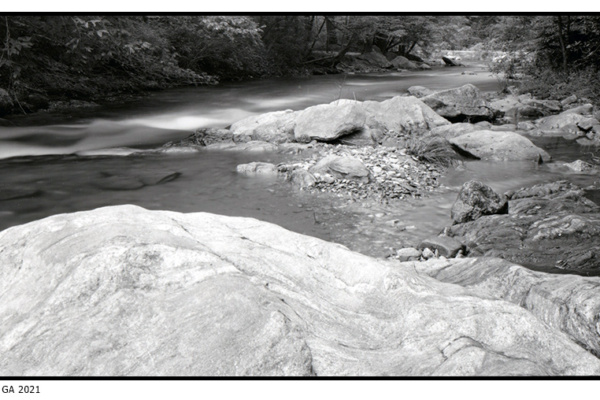
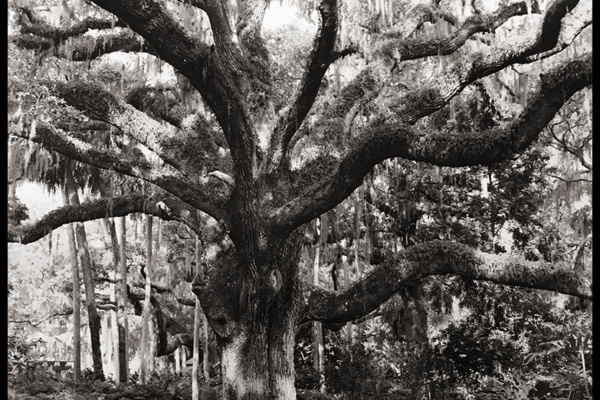
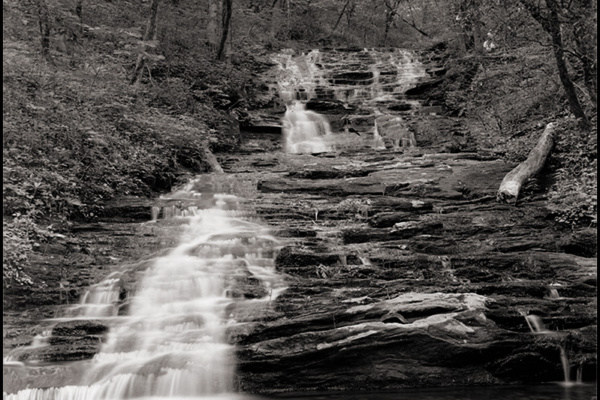
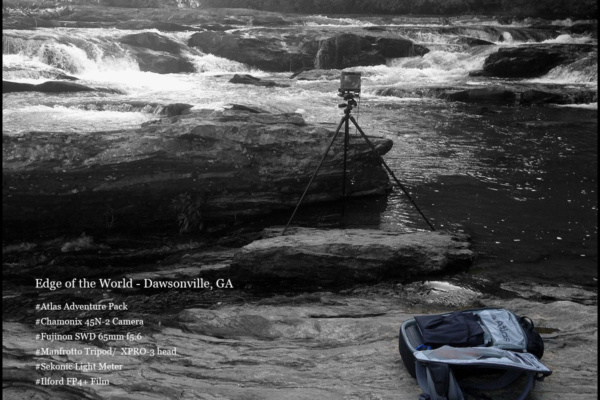
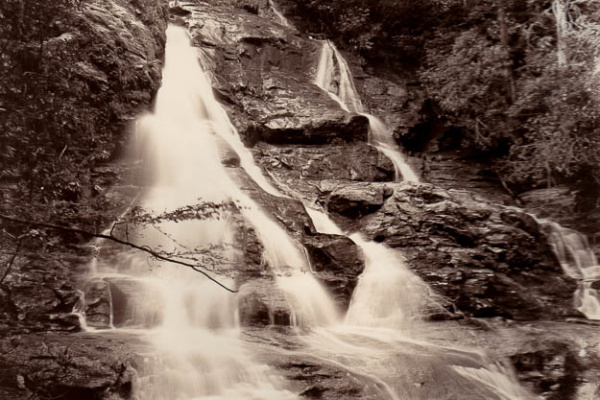
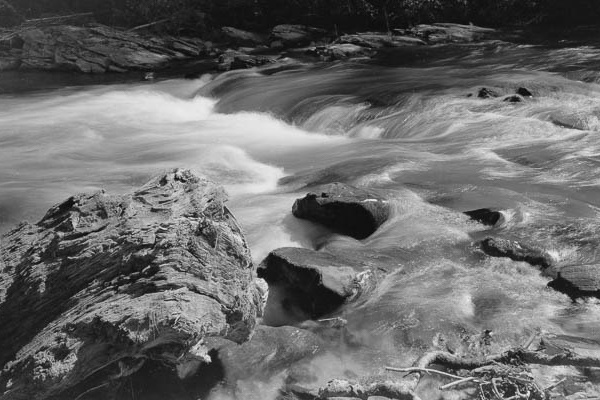
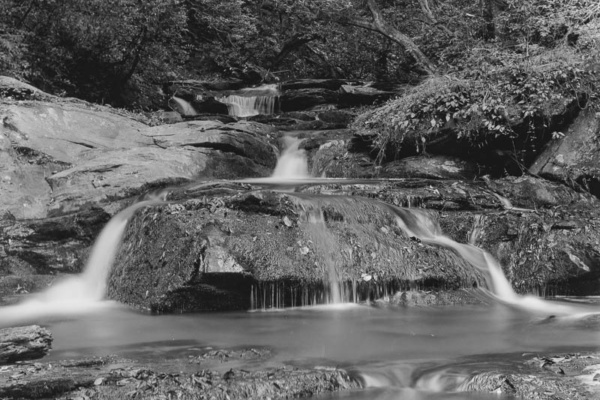
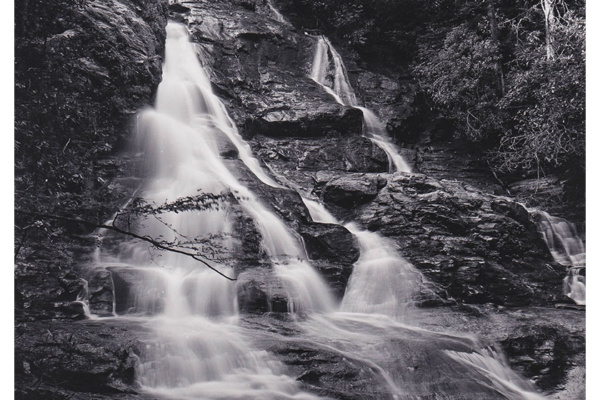
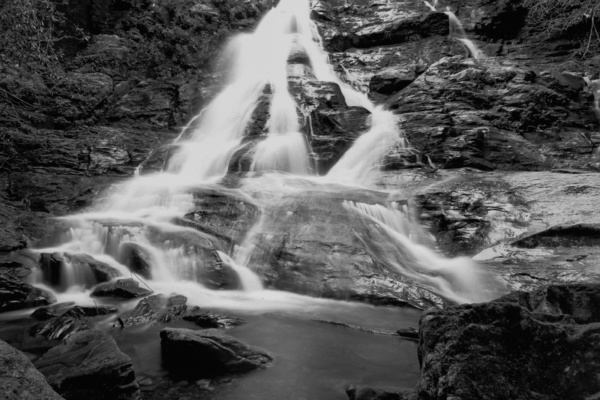
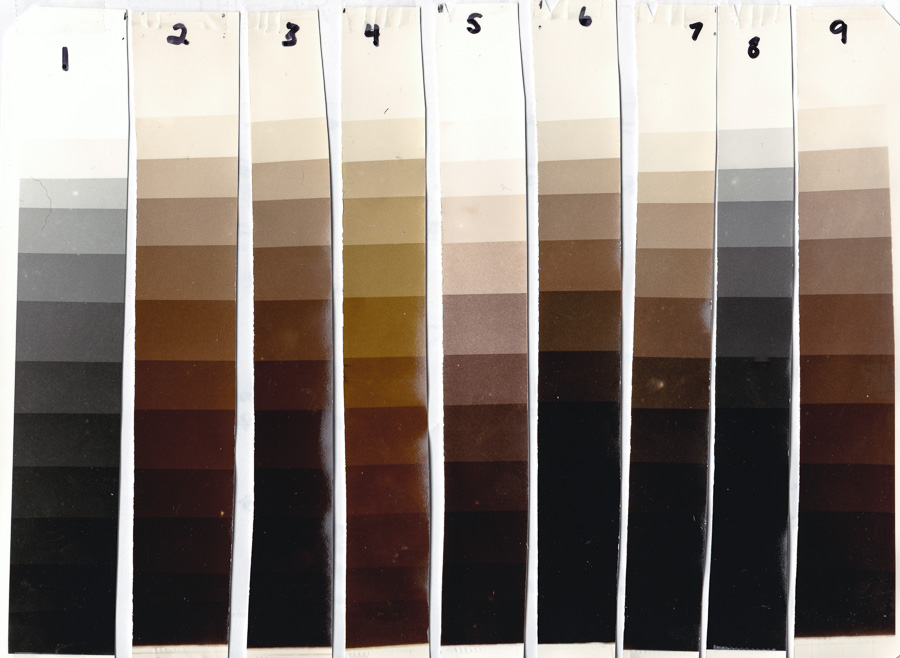
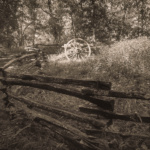 SMA Kennesaw National Battlefield Park
SMA Kennesaw National Battlefield Park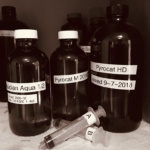 What’s In the Darkroom
What’s In the Darkroom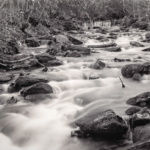 Toning Selenium before Sepia
Toning Selenium before Sepia
Very good and right! I always make such strip befor printing to understand and control contrast for combination paper / developer.
Thanks for the reply. Glad to see film and paper are still practiced in Belarus.
Yes, we have several enthusiasts practicing printing in a darkroom. Here is the site of my friend pnp.by. He is looking for an ideal picture in the lith process. I’m interested in pictorial photography with soft lens and mono lens.